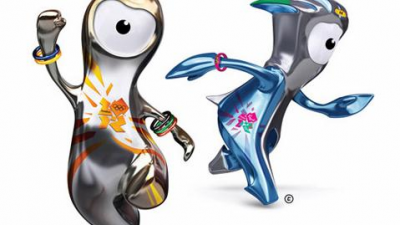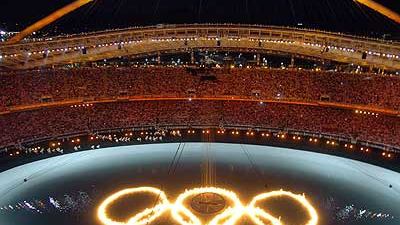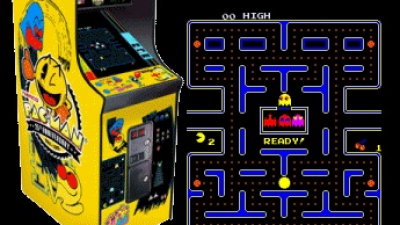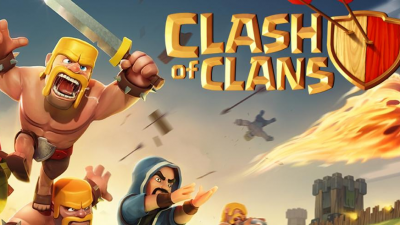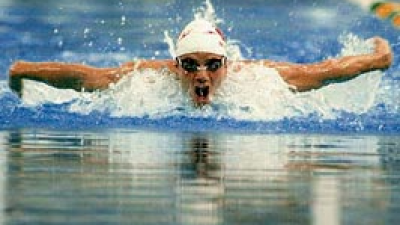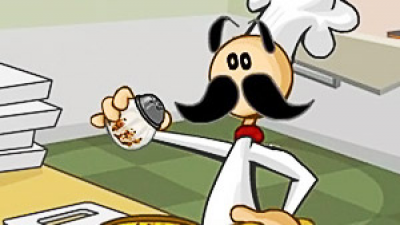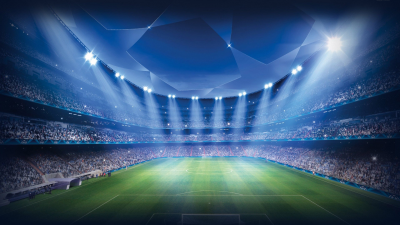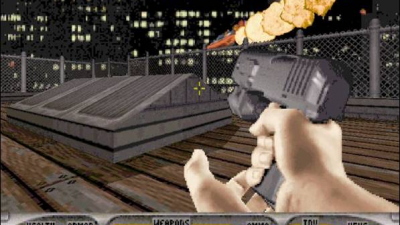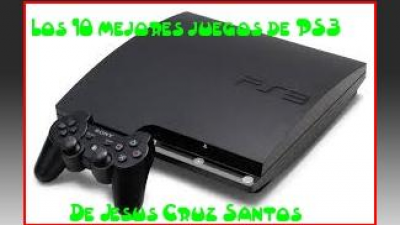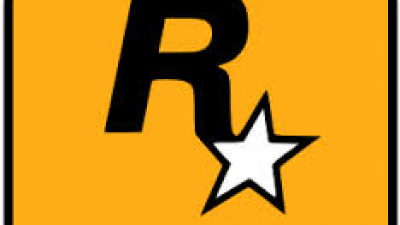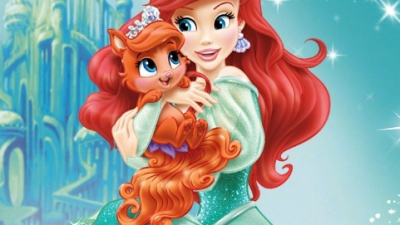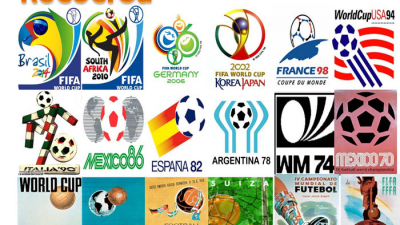The best mascots of the Olympic Games
|
SPORT
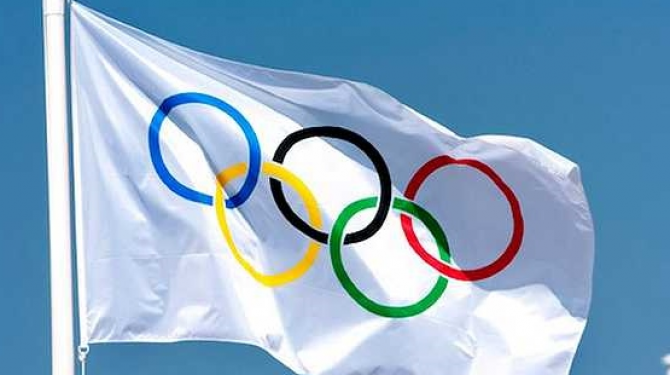
Source: listas.20minutos.es
The mascots of the Olympic Games or Olympic Mascots are one of the main symbols of each of the Olympic events. The mascots are, usually, animals or anthropomorphic figures representative of the area of realization of the Games or of the event itself. Currently, pets are important elements for the various licensed products that are generated around the Games. The mascots began to be used in the Olympic Games starting in 1968 Grenoble and, at the level of the Summer Games, from Munich 1972. Previously, in the Olympic Games of Mexico 1968 the image of a red jaguar was used to identify the event although its use was quite less than that of a traditional pet.
TOP 14:
Fatso - Sydney 2000 (Unofficial)
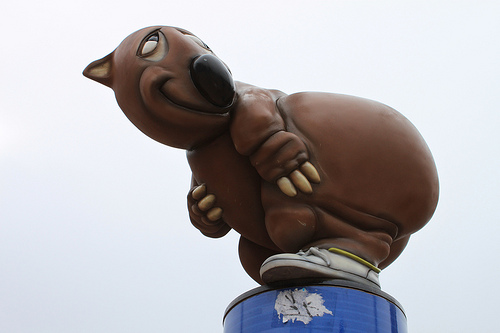
An unofficial pet was also created that became quite popular due to a television program: Fatso, the wombat.
TOP 13:
Amik - Montreal 1976
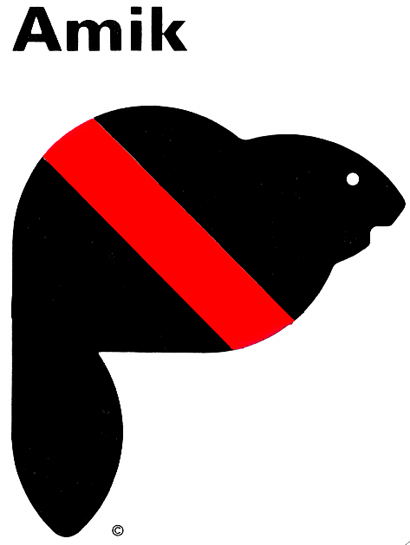
Amik was born on July 1, 1946 in Laval (Canada), for 1976 he was 30 years old; He was the mascot of the Olympic Games of Montreal in Canada in 1976. This mascot represents an emblematic animal of Canada: the beaver. And its creators were Yvon Laroche, Pierre-Yves Pelletier, Guy St-Arnaud and George Huel. The name of this mascot, "Amik", means just beaver in the Indian language of Algonquin, a region in northern Canada. Amik represented the friendship, patience and hard work that helped the structure of Canada. He wore a red sash, just like the tapes on which the medals of the 1976 Games were hung.
TOP 12:
Athenà and Phèvos - Athens 2004
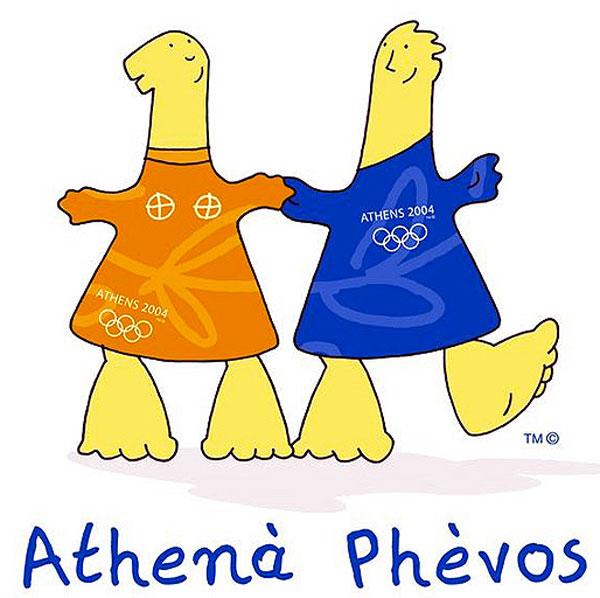
Athenà was born on June 21, 1996, in 2004 he was already 8 years old and Phèvos, who was born on March 19, 1995, was 9 years old in 2004, both were born in Athens, Greece (Αθηνά και Φοίβος, in the Greek alphabet), were the official mascots of the Olympic Games of Athens 2004, created by Spyros Gogos. Their names in Spanish are Athena and Febo. The origin of the names of the mascots come from some deities of Ancient Greece. Phoebus is one of the many names of Apollo, god of light, music and sport, while Athena is the goddess of wisdom and protector of the city of Athens. Athenà and Phèvos are a pair of brothers, designed on the basis of some old figures of the 7th century BC. C. While some people have considered that these figures made in terracotta were dolls, others think that they are phallic figures destined for the daidalas, festivals in honor of the goddess Hera. During the realization of the Games, the Greek Society of Friends of the Ancients, aimed at the preservation of anti-classical Hellenic culture, sued the Committee for the Organization of the Games, for a figure of 3 million euros, because they considered that the Pets were an insult due to the use of the name of two of the most important Greek deities. The Committee, in response, stated that the pets represented "participation, camaraderie, equality, cooperation, fair play and all the most important human values of the Greeks." Although they were not widely popular around the world, they did have great success in Greece. As a way to promote the Games, hundreds of thousands of products (souvenirs) were created with the image of Athenà and Phèvos.
TOP 11:
Izzy - Atlanta 1996
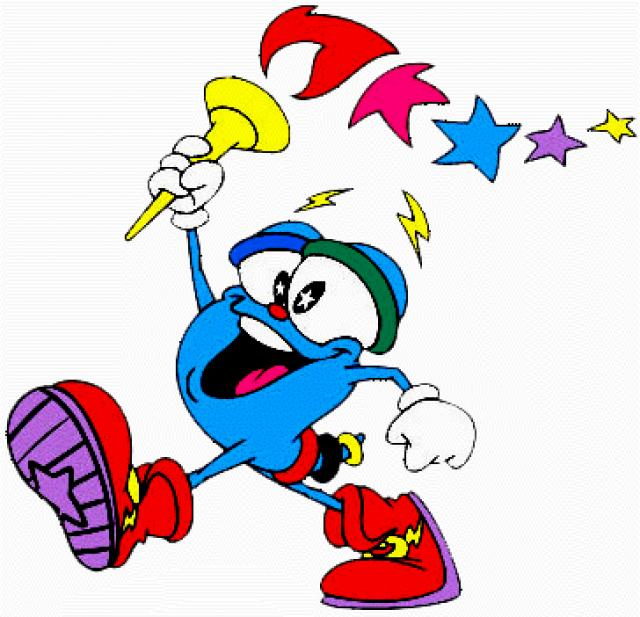
Izzy was the mascot of the Olympic Games of Atlanta 1996, created by the American designer John Ryan. It is a blue anthropomorphic character, made with computer animation, which can be transformed into different forms. Originally called Whatizit, the first version was presented at the closing ceremony of Barcelona 1992. After a cold reception from the public, the 1996 Atlanta organization asked its creator for a redesign. Izzy is considered a commercial failure in the history of the Olympic Games.
TOP 10:
Wenlock and Mandeville - London 2012
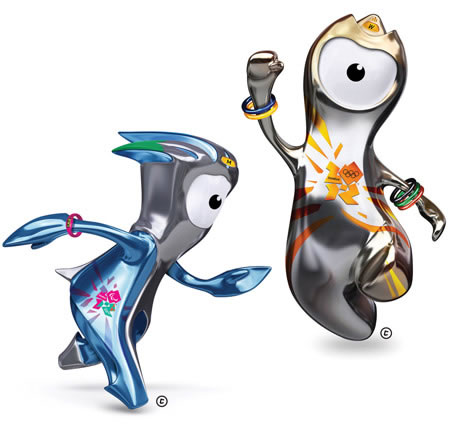
Wenlock and Mandeville are the official mascots of the London 2012 Olympic and Paralympic Games. Designed by the company Iris Design. According to its author, Michael Morpurgo, were born from the last steel drops left over from the construction of the last supporting beam of the Olympic Stadium in a foundry in Bolton. The names of the mascots refer to two British places of transcendence for Olympism. The name of Wenlock is based on the city of Much Wenlock, located in the county of Shropshire, where the Wenlock Games took place, one of the inspirations of Baron Pierre de Coubertin, founder of the modern Olympic movement. The name of Mandeville, meanwhile, refers to Stoke Mandeville, in the county of Buckinghamshire. In that place during the 1940s, Dr. Ludwig Guttman arrived at the hospital to start a new spinal unit to help the former soldiers who suffered spinal cord injuries; Ludwig Guttman encouraged these patients to practice a sport, leading in this way, the creation of the Stoke Mandeville Games, precursors of the modern Paralympic movement. Wenlock (February 14, 1988 in London, 24 years old in 2012), his name is inspired by Much Wenlock in Shropshire, England, where the Wenlock Olympic Society hosted the first Olympic Games in 1858, inspiring the modern Olympic Games. Wenlock has 5 friendship bracelets on his wrist. Each one is the color of each of the Olympic rings. He has three points on his head that represent the 3 places on the podium. The pattern on his body with the logo of the games, symbolizes the whole world in the direction of London in 2012. The shape on his forehead represents the shape of the roof of the Olympic stadium. Mandeville (April 6, 1989 in London, 23 years old in 2012), his name comes from the Stoke Mandeville Hospital, in Aylesbury, Buckinhamshire, England, which sponsored the Stoke Mandeville Games, which were inspiration for the Paralympic Games. Mandeville uses a pink chronometer on his wrist, in which he can read 0:20:12. Its head, similar to a helmet with three points, in blue, red and green, represents the Paralympic symbol.
TOP 9:
Nanjinglele - Nankín 2014 (Youth JJOO)
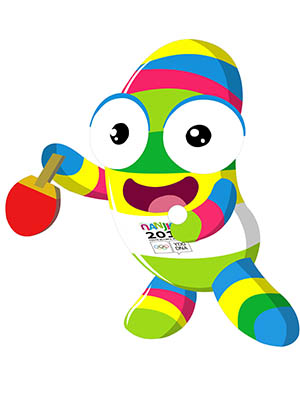
Nanjinglele was born on December 21, 2004 in Nanjing, China is the official mascot of the 2014 Youth Olympic Games, which will be held in Nanking in August 2014.
TOP 8:
Waldi - Munich 1972
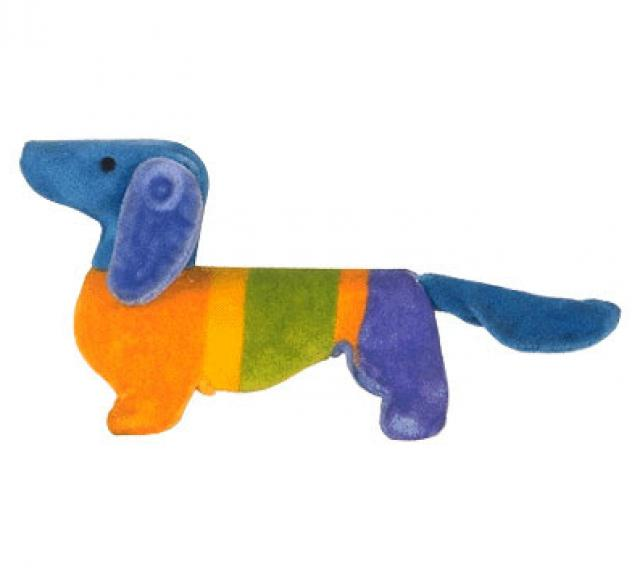
Waldi was born on May 14, 1946 in Munich (Germany), by 1972 he was already 26 years old; was the mascot of the Olympic Games of Munich 1972, created by the designer Otl Aicher. The design model was a dachshund dog, typical of Bavaria. It was the first mascot of the Olympic Games and was characterized by being colorful, since the head and tail were light blue and the body was formed by yellow and green stripes. These colors represent three of the five Olympic colors. The mascot had a great reception and was reproduced in numerous objects, this caused that since then each Olympiad has had its mascot. And at the 1968 Olympics it was the unofficial mascot.
TOP 7:
Lyo and Merly - Singapore 2010 (Youth JJOO)
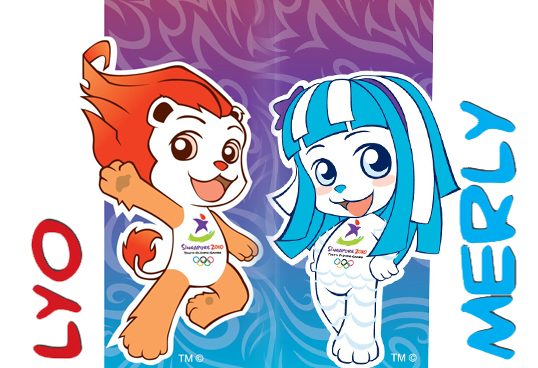
Lyo who was born on August 20, 1999 and Merly who was born on December 31, 2000 are the official mascots of the 2010 Olympic Youth Games, which were held in Singapore in August 2010, created by Cubix International.
TOP 6:
Olly, Sid and Millie - Sydney 2000
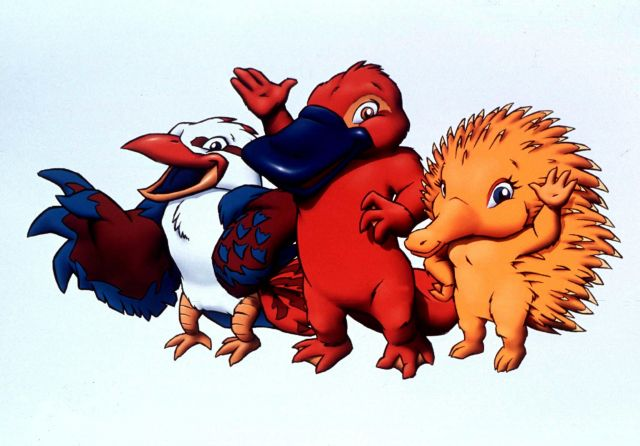
In 2000, the Olympic Games were held in Sydney, Australia. For the Olympics of the new millennium three pets were created with features of other animals typical of the country created by Matthew Hatton. Their names are: Syd, Millie and Olly. Syd who was born on February 12, 1993, for 2000 was 7 years old is a platypus, an animal that has the size of a rabbit but with large jaws that look like a beak. His feet are webbed and he looks a lot like ducks. It has a long, flat tail measuring 50 centimeters. He usually lives in the south and in the west of Australia, although they have also been found in Tasmania. The name of this mascot arose as a tribute to Sydney the site of the last Olympics in 2000. Syd is the spirit of competition, strength in sports and encouragement of competitors. Syd was a big fan of the athletes and of all the people who love sports. This mascot tried to encourage the participants so that all aspired to Olympic gold, the best prize in competitions. In addition, she tried to take care of the man-Environment relationship and for that reason she was chosen as defender of nature. Millie was born on May 20, 1994, by the year 2000 she was 6 years old, this pet has a figure similar to that of an echidna, an animal typical of Australia. Millie is a female character, who lives in Millenium Park, a place in Sydney. It was created trying to imitate a modern woman. Its main characteristics are intelligence and creativity. Its name comes from the word "millennial", since the 2000 Olympiad was held at the turn of the millennium and represents the hope of the new era. Olly was born on July 19, 1992, and already for the Olympics was 8 years old, is a pet that imitates a kookaburra that is a typical bird of Australia that has feathers of many colors and very striking. What is most surprising about this animal are its loud screams. Live in the highest treetops of the country. Olly's name comes from the word "Olympiad" and as you can see it is very similar. This mascot represents friendship, exchange, variety of cultures, along with the companionship and Olympic spirit that are present in international competitions and is as important as winning a gold medal. The creators of the mascot Olly wanted it to have the following characteristics: good humor, very expressive and communicative. But above all fun. In addition, he was in charge of protecting the Olympic Rings during the Games.
TOP 5:
Hodori and Hosuni - Seoul 1988
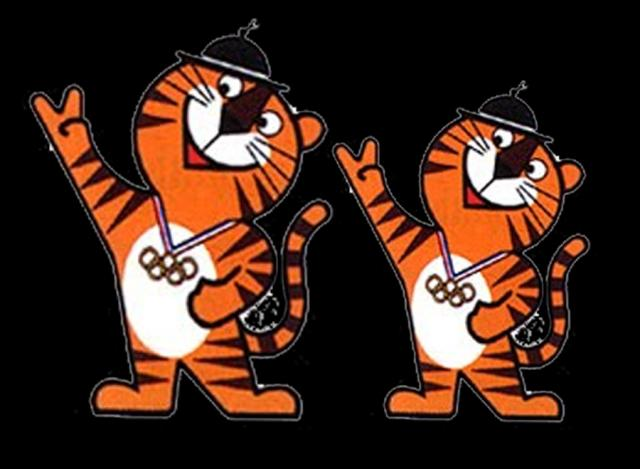
Hodori who was born on September 17, 1980 and in 1988 was 8 years old, in Korean: 호돌이, was the official mascot of the 1988 Summer Olympics, which were held in the city of Seoul (South Korea) . This stylized tiger was designed by Kim Hyun in order to present a cheerful animal that represented the friendly and hospitable traditions of the Korean people. Hodori's name was chosen from 2,295 suggestions sent by the public. "Ho" derives from the word "tiger" (horangi, 호랑이 in Korean) and "dori" is a diminutive used to designate children. There was also a female tiger named Hosuni, but it was rarely used. In addition, "Hodori" is the name of the Korean National Taekwondo Demonstration Team, which also uses the Hodori tiger as a symbol. It was also accompanied by a female tiger called "Hosuni", but it is rarely used.
TOP 4:
Beibei, Jingjing, Huanhuan, Yingying and Nini (Fuwa Group) - Beijing 2008
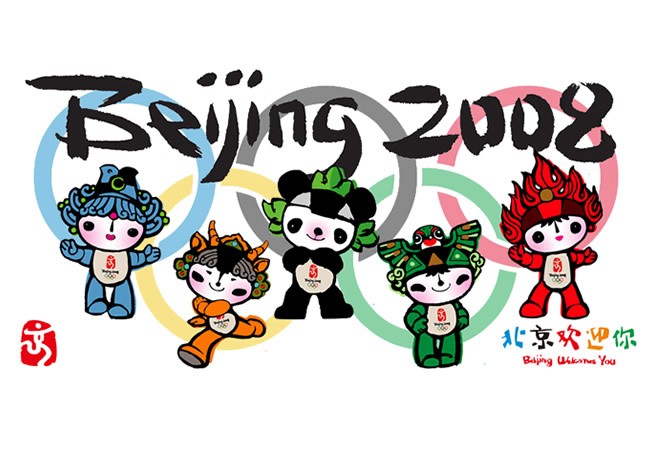
Beibei is a fish that was born on October 19, 1999, Jingjing is a panda that was born on April 14, 2000, Huanhuan is a male Olympic flame, and was born on May 20, 1998, Yingying is an antelope and was born on September 11, 2001, and Nini, a swallow born on December 30, 2002, are the mascots chosen to represent the Beijing 2008 Olympic Games (English: The Friendlies, the friendly ones), while in Chinese they use the name 福 娃 (Fúwá, meaning "Children of good fortune"), created by Han Meilin. They were premiered in society by the National Society of Classical Chinese Literature Studies, on November 11, 2005, at 1,000 days from the start of the Games. The names of the mascots correspond to a repetition of the syllables of the phrase 北京 欢迎 你 "Běijīng huānyíng nǐ" (Beijing welcomes you). After much controversy regarding which animal should represent the country (shuffling the options of the panda, the monkey, the tiger and the dragon among others) were chosen five animals characteristic of the country. The choice of these animals contains much symbolism as they represent the five colors of the Olympic rings and the five traditional Chinese elements (metal, wood, water, fire and earth). They starred in a 100-episode animated miniseries that aired on Beijing's Peking television station, called The Olympic Adventures of Fuwa (Chinese: 福 娃 奥运 漫游 记)
TOP 3:
Sam - Los Angeles 1984
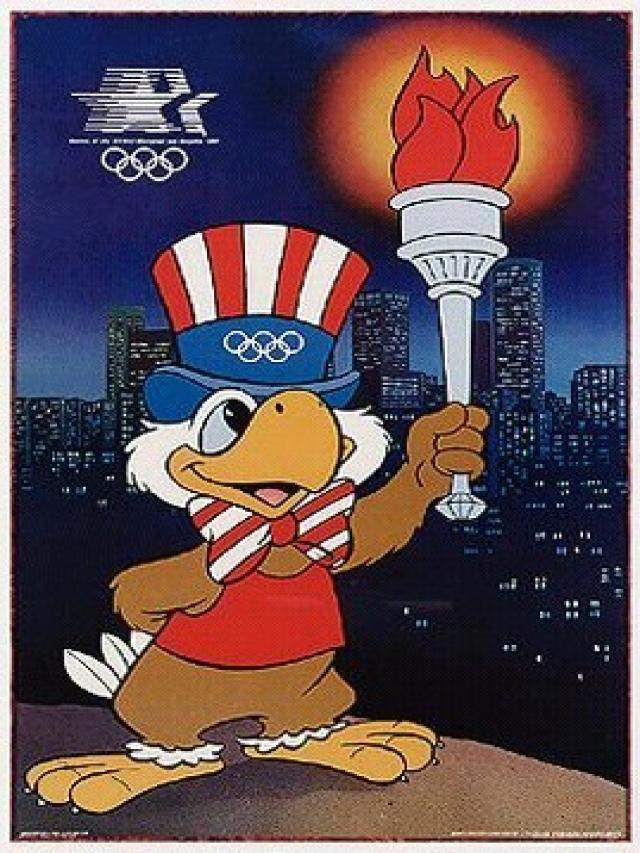
Sam was born on January 1, 1970 in Los Angeles (United States) is the Olympic Eagle, was the mascot of the Olympic Games in Los Angeles 1984. It is a bald eagle, national symbol of the United States. It also shares name with Uncle Sam, another national symbol. The mascot was designed by C. Robert Moore, an artist of the company Disney.
TOP 2:
Misha - Moscow 1980
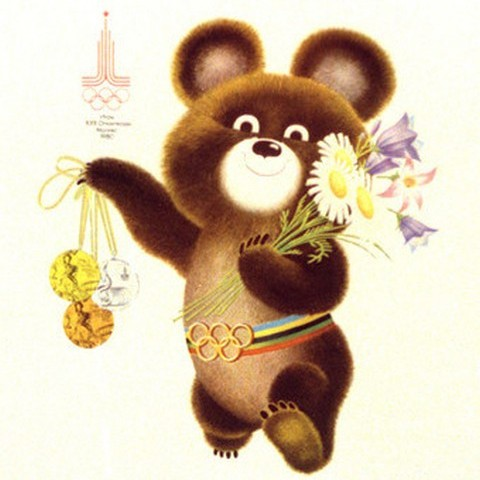
Misha (Миша) was born on February 17, 1965 in Moscow, by 1980 he was 15 years old; is the name of the mascot of the 1980 Moscow Olympics. Misha was a brown bear, designed by the Soviet illustrator Viktor Chizhikov. With Misha was introduced for the first time the concept of mascot in an Olympic game (a concept that had previously been presented in football World Cups since England 1966). For this they chose a patriotic symbol, the brown bear. Various products were sold around the world with their image (cases, stuffed animals, which still persist in the memory of some) and even an animated series emerged. The success of Misha later generalized this practice making it a habit, not only in the Olympics but also in other events, such as in Football. Misha is a hypocoristic of the Russian name Mikhail. In addition, Misha, Mishja, Mikhail Potapich (ie, Miguel, son of Potap) and Mikhail Potapich Toptigin (or simply Toptigin) are nicknames that are usually given to bears. In turn, the bear has historically symbolized Russia as well as the Soviet Union.
TOP 1:
Cobi - Barcelona 1992
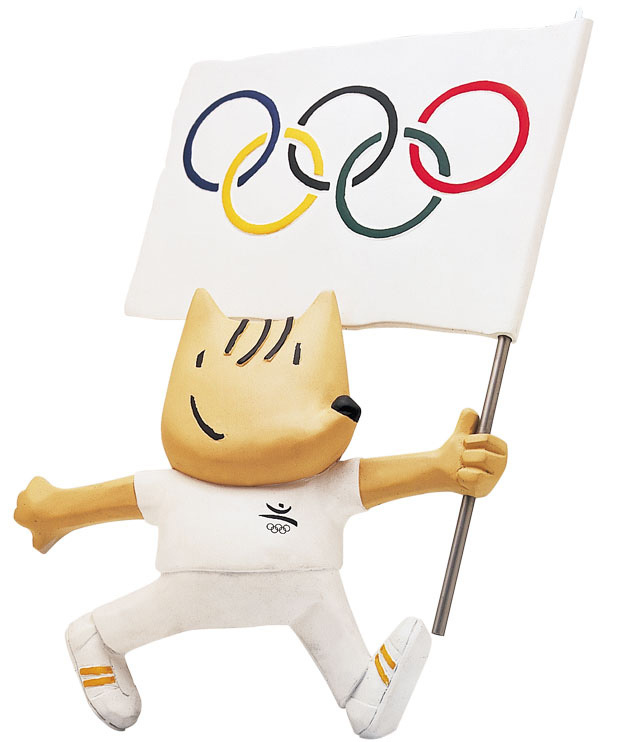
Cobi was the mascot of the Olympic Games of Barcelona 1992, created by the Spanish designer Javier Mariscal. Presented officially on March 15, 1988, it represents a cubist-style dog, inspired by the race of the Catalan shepherd (gos d'atura). Its name is based on the initials of the Organizing Committee of the Barcelona Olympics (COOB). Although initially received a cold reception, the acceptance of Cobi increased as the Olympic Games approached, to become one of the pets with greater acceptance in the history of the event. The great popularity it had had, led to the creation for the first time of an animated series of an Olympic mascot The Cobi Troupe that was successfully transmitted to many countries prior to the start of Barcelona 92 and Cobi as a character shared protagonism with its friend Petra, a stylized girl without arms, designed for the Paralympic Games of that same edition among a universe of characters that the series told about. To create Cobi, the designer Javier Mariscal took as reference the scribble of a dog, inspired by a stylized Catalan shepherd. The design of Cobi is cubist, and in its moment it broke with the traditional image of a mascot, characterized by a sweet and kind image. Mariscal avoided making an analog representation of an animal, and was inspired by the avant-garde current. Cobi is a light brown anthropomorphic dog, has pointed ears, nose to one side with black ball at the tip, and small eyes. In a way, he remembered the characters in one of his first works, the comic series Los garriris (1973). Barcelona is currently exhibiting a Cobi fountain in the Puentes Park of the Olympic Village, inaugurated on July 11, 1992, two weeks before the start of the Games. In the center of a pond with trencadís bottom is the sculpture of the resin mascot bathed in bronze, the work of Mariscal himself. The original idea of Valencian designer, finally discarded, was that the figure moved through the pond through a mechanical system activated with the payment of coins.

